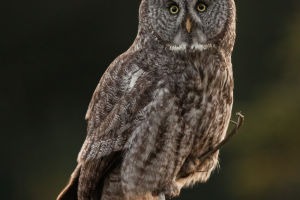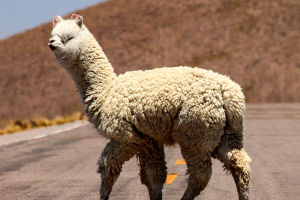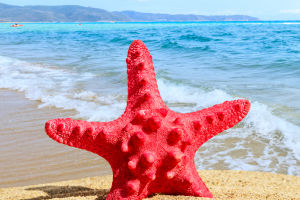Grace Amidst the Dunes
A mysterious and exquisitely beautiful creature dwells in the vast expanse of the Arabian Peninsula's desert, seamlessly integrated into its sandy landscape like a divine gift from nature.
This creature is the Arabian gazelle, a rare species uniquely adapted to extreme environments and playing a pivotal role in the delicate balance of the desert ecosystem.
Ecological Background
Arabian gazelle predominantly inhabit the desert regions of the Arabian Peninsula, spanning across territories such as Saudi Arabia, the United Arab Emirates, Oman, and Yemen. Keystone species within the desert ecosystem serve as linchpins for maintaining local ecological equilibrium and stability.
Species Characteristics
The Arabian gazelle is a medium-sized antelope-like animal, typically measuring 1 to 1.3 meters long, standing 60 to 75 centimeters tall at the shoulder, and weighing approximately 20 to 30 kilograms.
They possess an elegant posture and agile gait and traverse the desert terrain with grace and agility. Adorned with a short, dense hair coat, Arabian gazelle adapt seamlessly to the desert's extreme climatic conditions, characterized by substantial temperature fluctuations between day and night.
Sporting a pair of gracefully curved horns atop its head, both male and female Arabian gazelle boast well-developed horns, with the males typically exhibiting larger and thicker specimens.
These horns serve multifaceted purposes, from territorial disputes to mate selection, while acting as vital instruments for survival and self-defense in the harsh desert environment.
Additionally, their large, luminous eyes endow them with exceptional visual acuity, facilitating the location of sustenance and water sources amid the vast desert.
Living Habits
As quintessential herbivores, Arabian gazelle subsist primarily on a diet comprising desert grasses, shrubs, and other indigenous flora. Preferring the cooler periods of dawn and dusk, they forage during these times to evade the scorching intensity of the desert sun.
Thriving amidst the arid terrain, the Arabian gazelle has honed the art of water conservation, drawing hydration from vegetation with minimal reliance on external water sources.
Sociable beings by nature, Arabian gazelle often congregate in small familial units, typically led by a dominant adult male. Territorial demarcations delineate boundaries between these groups, minimizing intergroup competition and conflicts.
Communication amongst Arabian gazelle primarily occurs through intricate gestures, vocalizations, and chemical cues, reflecting the complexity of their social structure and communicative repertoire.
Survival Challenges and Conservation Status
Despite enduring millennia within the desert landscape, Arabian gazelle now confront various formidable survival challenges. Habitat degradation, rampant poaching, illicit trade, and human encroachment collectively imperil their existence.
Over recent decades, the Arabian gazelle population has declined, plunging it into extinction.
The global community has undertaken concerted conservation efforts to safeguard this endangered species. Governments have established protected reserves and enacted stringent measures to curb hunting and illegal trapping activities.
Concurrently, conservation organizations spearhead initiatives encompassing population monitoring, habitat restoration, and public awareness campaigns to galvanize support for Arabian gazelle conservation.
Scientific endeavors aim to augment reproductive and survival rates through innovative artificial breeding and conservation methodologies.
Conclusion
The Arabian gazelle stands as a luminescent gem within the tapestry of the desert ecosystem, enriching its biodiversity and epitomizing the mystique and allure of the natural world. Yet, preserving this rare species demands collective societal commitment and vigilance.
We can ensure the perpetuation of the Arabian gazelle within the desert realm through sustained conservation endeavors and proactive management strategies, bequeathing invaluable treasures and resources to humanity and the broader ecosystem.


